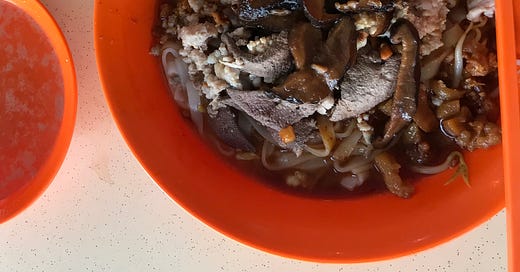In a perfect encapsulation of the accelerative effect of the pandemic on our food system, coronatime seems to have driven the growth of both 15-minute grocery delivery and farm-taxi companies.
They both serve dense urban areas and enable people with the means to leave the house less. One model is venture-funded, the other is bottom up (the ones I use were both started by farms). One is obviously elitist, since everything there costs more than at the supermarket, but is almost entirely disintermediated. The other is super-mediated, and I can’t remember if the prices are cheaper than at the bodega or more expensive (I think it varies both by company and by their strategy du jour) – but it doesn’t obviously smack of elitism, which is interesting in itself.
One obvious driver of the difference in pricing is in how they account for the value of labor and (to some extent) externalities, but it’s also because one system is much more capital intensive than the other (which in the long run should enable it to lower prices through greater automation – if it gets there).
And the supply chain constraints on both of these are interesting – I’m not sure either of these models is particularly resilient, but they fail in totally different ways.
First bowl of noodles, at Lai Heng in Toa Payoh. I wrote about this dish a little while back, so I won’t belabor here, except to note the expert saucing – the hawker had clearly built the sauce in the bowl, then let it down with some broth. The stall was out of mee pok (a sign, along with the 40 minute wait, of healthy demand), so this was made with kway teow, which absorbed and thickened the extra liquid in a way mee pok wouldn’t. An absurd degree of care.



